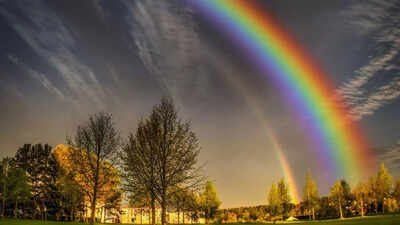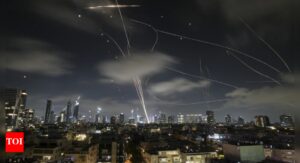What is the true shape of a rainbow and why don’t we see it?
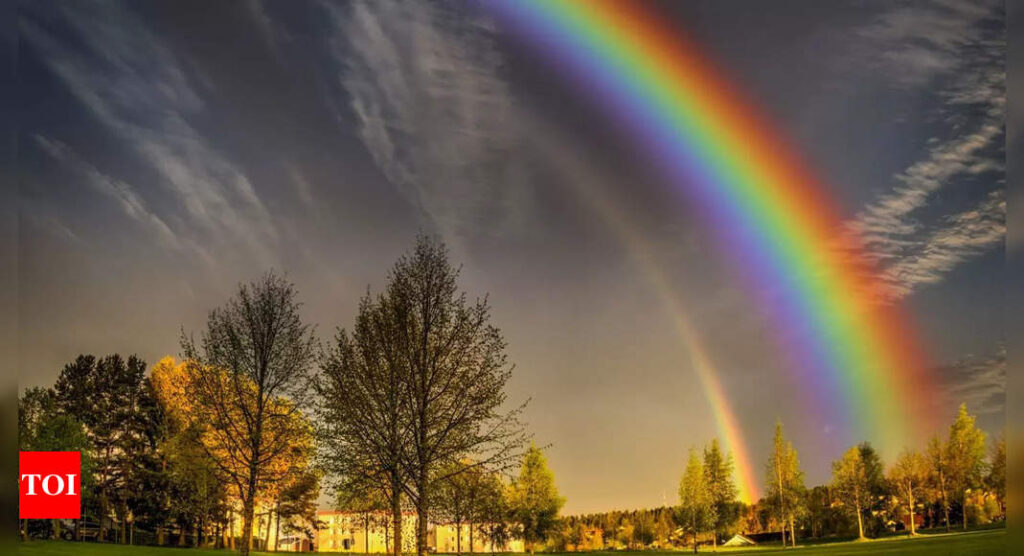
Most people have seen a rainbow after a rainy day, stretching like an arch across the sky. But what if that’s not the whole story? Just like the moon looks different depending on where you stand, the shape of a rainbow isn’t always what it seems. In reality, rainbows are actually full circles—we just don’t usually see the entire thing. Let us understand this phenomenon.
Why We Don’t See the Full Circle
When you look at a rainbow, the Earth’s surface in front of you blocks the bottom half of the circle. However, if you’re standing on a high mountain with a clear view both above and below, you might see more of the rainbow’s shape—especially if it’s misty or has just rained.
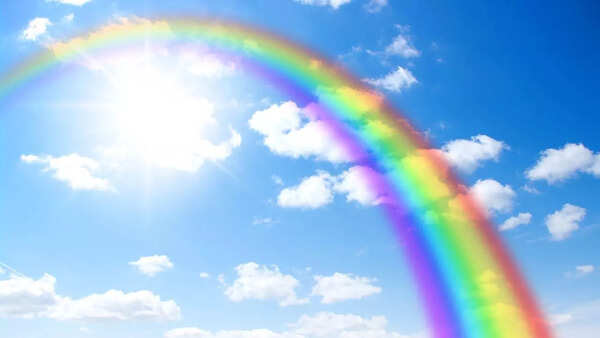
To see a complete circular rainbow, though, you’d have to be high up in the sky, like in an airplane above the clouds. There’s another way too—you can create your own rainbow using a spray of water on a sunny day.
How a Rainbow Forms
A rainbow forms when sunlight from behind you hits tiny, round water droplets in the air in front of you. As the light enters a droplet, it bends (or “refracts”) and spreads into different colors, each bending slightly differently due to their varying speeds inside the droplet. The light then reflects off the back wall of the droplet and travels back toward the entrance. When it exits, it bends again and reaches your eye, creating the colorful arc we see in the sky.
Every Rainbow Is Unique
Even though a rainbow looks the same to everyone nearby, each person actually sees their own version. That’s because the light bouncing off the water droplets is traveling at slightly different angles depending on where you’re standing. So, while people may all be looking at the same area in the sky, they are technically seeing their own personal rainbow.
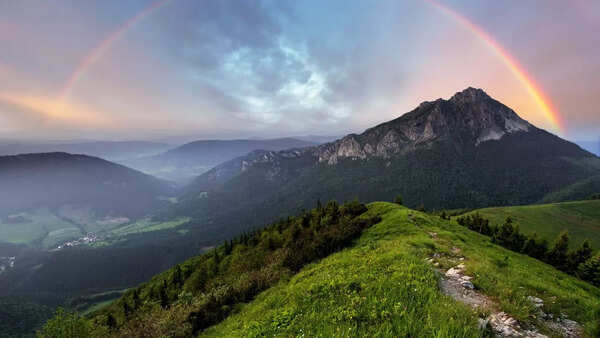
The Role of Water Droplets
For a rainbow to appear, water droplets in the air need to be nearly perfect spheres. This happens with tiny droplets in mist or after a rain shower when the air is still moist. If the droplets are too large, gravity stretches them out of shape, and the rainbow fades.
Just like your reflection in a mirror, a rainbow isn’t actually located where it appears. It’s simply an optical illusion created by the way light interacts with water droplets in the air.
So, the next time you observe a rainbow, remember—it’s more than just an arch in the sky. You’re only seeing part of a much bigger, hidden circle!
